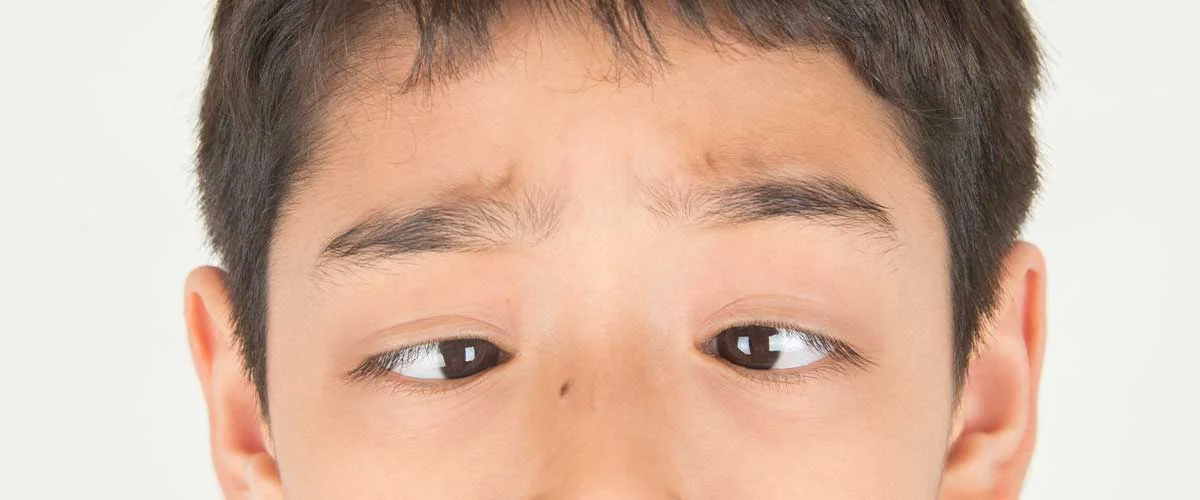INFORMATION REQUEST FORM

Lazy Eye
Lazy Eye (Amblyopia) is a condition that can occur at a time when every baby is born with high hyperopia and the ability to see develops as it is exposed to visual stimuli. Our vision improves as a result of giving healthy stimuli to both eyes and processing them in the retina and brain. However, any disruption in this process can affect vision development in one or both eyes and lead to Lazy Eye condition.
It is very important to detect and treat amblyopia early. Because the development of our sense of vision continues until the age of 12 and then it slows down considerably. The earlier intervention is made, the higher the success rate in the treatment of amblyopia. For this reason, screening programs for amblyopia have been developed in schools in recent years.
Lazy Eye Treatment;
The aim of treating amblyopia is to give as much stimulation to the lazy eye as possible. First of all, it is necessary to determine the cause of the visual defect in the eye. If there is a cataract disease that blocks the visual pathways, drooping eyelids, or a structural disorder in the cornea that impairs vision, it is necessary to treat them. If the cause of amblyopia is a refractive error between the two eyes (different eye numbers), this defect is first corrected with glasses, and then, if necessary, occlusion treatment is applied to the healthy eye 2-4 times a day.
If it is too late to do all of these, lazy eye will permanently affect the person’s life, and in the following years, not only will it not be treatable, but it will appear in many areas of his life, from the profession he chooses to his social environment. Based on all these, early intervention is vital as amblyopia is a preventable disease if detected early.
Although amblyopia and strabismus are diseases that are often confused with each other, they are actually different diseases. Misalignments in the eyes may cause amblyopia, and patients with amblyopia may later develop misalignment and strabismus.
Strabismus
Strabismus disease is when the eyes look in different directions. It is a condition where one eye looks straight ahead and the other eye looks inward, outward, up or down. People with strabismus may also develop head position to focus and focus the image.
Although strabismus is mostly a childhood disease, it can also be seen in adults in some cases.
Causes of Strabismus?
Although the exact cause of strabismus is unknown, it can be seen in diseases such as genetics, muscle paralysis (muscle paralysis), brain tumors, congenital glaucoma or cataracts that cause vision loss.
What are the symptoms of strabismus?
- Slipping in eyes
- Head and facial position changes. (sideways, up, down)
- Double vision
- Focusing and three-dimensional vision problems
Strabismus Treatment?
The main purpose of strabismus detected in childhood is to prevent the development of amblyopia with glasses or occlusion treatments. The basic principle in the treatment of strabismus is to bring the eyes back to parallel. There are many variables when deciding on treatment, such as the type of strabismus, the age of the patient, and the need for glasses. Within the framework of all these, surgical planning can be made after the patient is closely monitored and a few measurements are taken.
You can contact our clinic to get more information about amblyopia and strabismus treatment and to make an appointment.
INFORMATION REQUEST FORM
